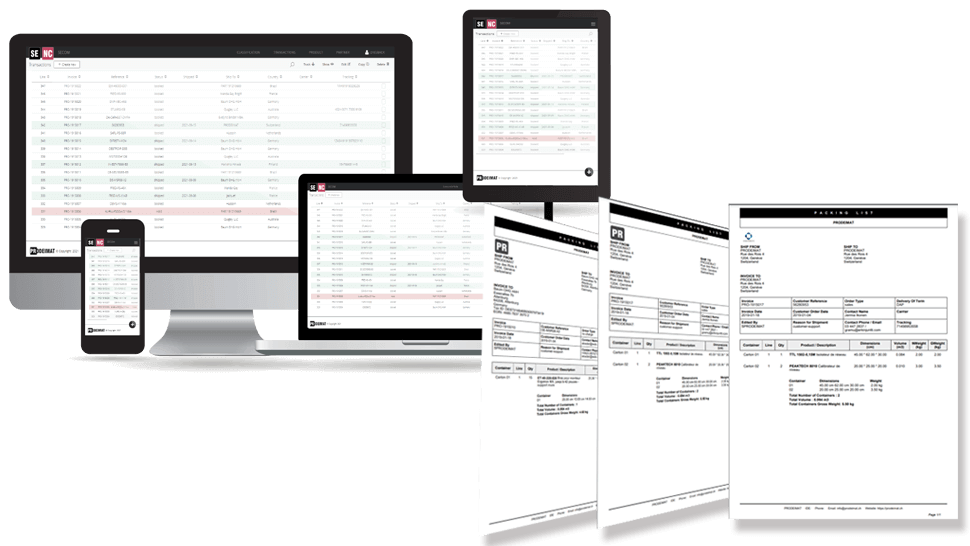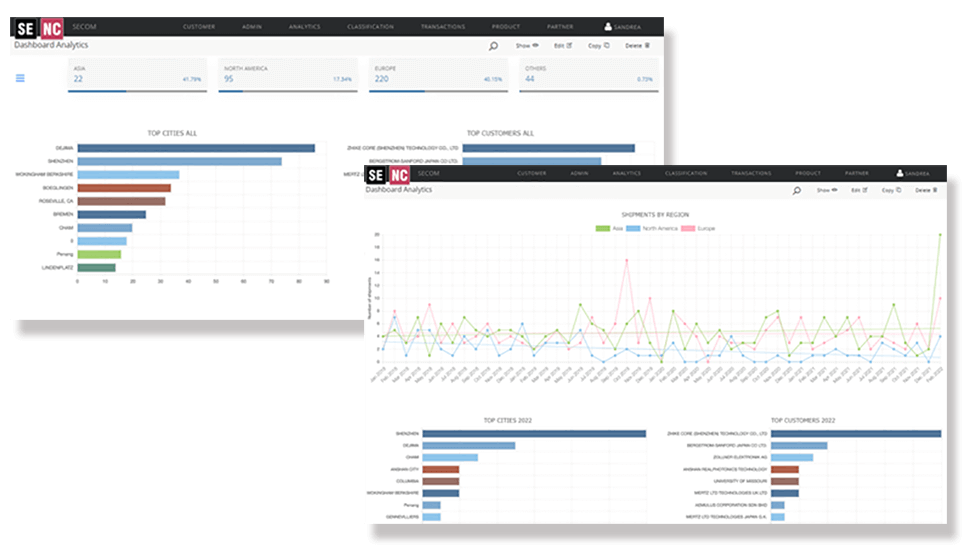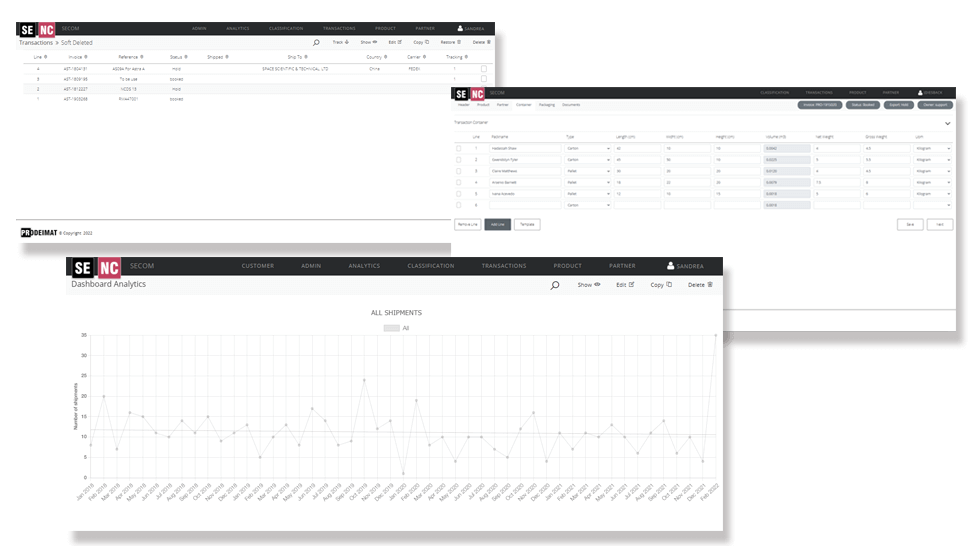Switzerland-India TEPA: The Essentials for Exporters

After sixteen years of negotiations, the Trade and Economic Partnership Agreement (TEPA) between the EFTA countries (Iceland, Liechtenstein, Norway, and Switzerland) and India is reaching a decisive milestone: its implementation on October 1, 2025.
For Switzerland, one of the first European nations to conclude such an agreement with India, this represents a major strategic opportunity, but also a demanding challenge in terms of preparation. Here’s what changes (and what to watch out for).
1. Context and Scope of the Agreement
1.1 History and Positioning
The EFTA-India TEPA was signed on March 10, 2024, in New Delhi. It represents a bridge between an emerging power (India) and a European bloc outside the EU (EFTA).
Its entry into force on October 1, 2025, marks the moment when the commitments become operational.
What makes the agreement particularly symbolic is that Swiss exporters will gain a competitive advantage over other foreign players—such as the EU, the United States, and China—which do not (yet) have an equivalent treaty with India.
1.2 Main Provisions
The agreement is not limited to simply lowering customs duties; it includes chapters on services, investment, intellectual property, trade facilitation, technical regulations, and more.
On the Swiss and EFTA side, concessions include the progressive or immediate elimination of customs duties on a large portion of exports. According to the Federal Department of Economic Affairs, 94.7% of Swiss exports to India will see their customs duties removed.
India, for its part, also offers concessions, but with varying transition periods depending on the product categories. Some reductions will be immediate, while others will be gradually phased in over several years.
2. What This Changes for Switzerland
2.1 Expected Benefits
- Better Tariff Access: For Swiss manufacturers, particularly in the technology, mechanical, and electrical sectors, customs duties of up to 22% have been a significant barrier. With the agreement, Swiss products will become more competitive in the Indian market.
- Opportunities for Exporting SMEs: Small and medium-sized enterprises, which previously lacked the means to localize production in India, will now benefit from more favorable export conditions without bearing excessive customs costs.
- A Signal for Investment: The agreement encourages cross-investment and technology transfer. Swiss companies could establish subsidiaries or cooperate with Indian partners to produce locally or co-develop solutions.
- Concrete Example: During the Swissmem Industry Day (June 2025), Indian Minister Piyush Goyal proposed the creation of a "Swiss enclave" in India to facilitate the establishment of Swiss companies.
2.2 Particularly Affected Sectors
- Rail Transport, Infrastructure, and Urban Planning: Switzerland is among the world leaders in these fields. The agreement opens a window to major public procurement markets in India.
- Technology / MEM (Mechanical, Electrical, and Metal Industries): Swiss technological products will be able to enter the Indian market without tariff surcharges.
- Services and Mobility of Skilled Professionals: Thanks to the provisions on services, Swiss companies will be able to more easily send personnel and provide IT, consulting, or engineering services.
3. Risks, Challenges, and Areas of Focus
- Intense Local Competition: India is a highly competitive market with a dynamic local industry and significant pressure on margins. The agreement does not guarantee contracts; companies will need to be efficient, competitive, and well-positioned.
- Transition Phases and Exclusions: Not all tariff reductions are instantaneous. Some will be progressive depending on the products and negotiated timelines. Certain "sensitive" products may be excluded or subject to limitations.
- Macroeconomic Volatility: The Swiss technology sector is already suffering from a decline in global demand and external tariff pressures, notably the high duties imposed by the United States, which weakens the export base. Furthermore, according to a survey, one-third of Swiss engineering firms are considering moving part of their production to the European Union to mitigate costs and risks.
- Operational Implementation: The agreement requires legal, tariff, and administrative adaptation. Companies must familiarize themselves with rules of origin, certificates, customs procedures, and local regulatory compliance. Poor management could lead to duty clawbacks or disputes.
Conclusion: An Opportunity to Seize, with Preparation Not to be Overlooked
The entry into force of the TEPA between EFTA and India is undoubtedly a historic step for the Swiss economy. By offering preferential access to one of the world's most dynamic markets, this agreement gives Switzerland a notable competitive advantage over its European and global rivals. For companies, especially SMEs in the technology and industrial sectors, the removal of customs barriers opens up unprecedented growth prospects.
However, this enthusiasm must be coupled with realism. The agreement is not a guarantee of success, but a powerful lever. The real difference will be made on the ground: in the ability of Swiss companies to navigate administrative complexity, adapt to fierce local competition, and offer products and services that precisely meet the needs of the Indian market. The success of this new era of cooperation will depend as much on the letter of the treaty as on the agility and preparation of our exporters.



